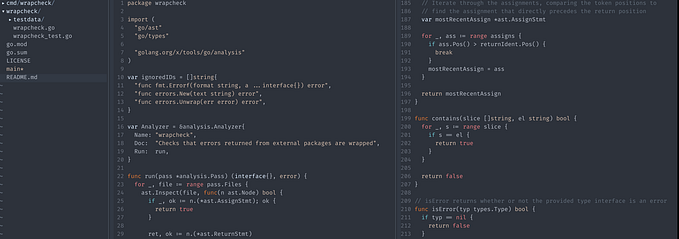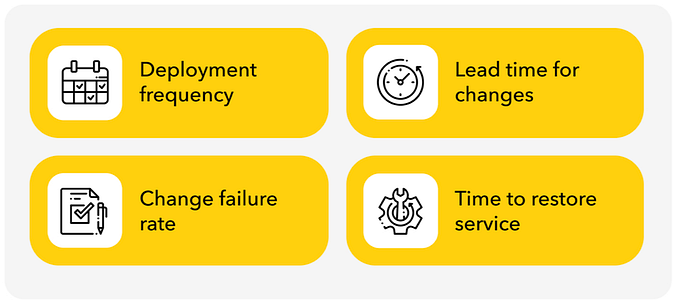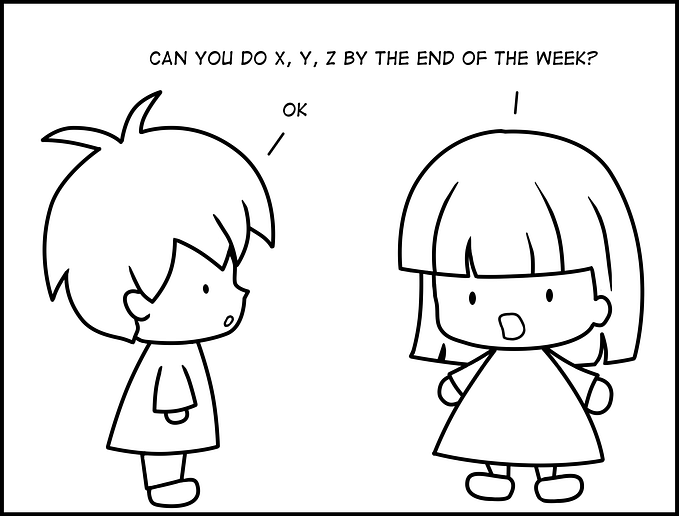Finding the Hard Balance between User Needs and Business Goals in UX Design

In the quiet halls of design, the merging of user expectations and business ambitions assumes the spotlight — a harmony between two seemingly divergent demands.
Indeed, in the world of UX design, where the art of creating seamless experiences holds sway, attaining that elusive balance between user needs and business objectives is the linchpin of success.
When we truly grasp and cater to user needs, when we address their pain points and desires wisely, it leads to solutions that are intuitive and user-friendly. This results in successful and satisfying user experiences.
But there is another facet to this enigmatic equation. When our products or services align with the company’s bottom line, when business objectives are met, it leads to positive outcomes such as increased conversion rates, revenue growth, and improved customer retention and loyalty.
In fact, when we masterfully balance user needs and business goals, it leads to higher product adoption rates. When users find value in our products and their needs are met, they become not just users but loyal customers who spread the word. This is the alchemy of UX/UI design in the arsenal of business owners.
So, the big question is, how do we navigate this labyrinth of meeting user needs while fulfilling business objectives? UX designers face various challenges in this journey. We wrestle with conflicting priorities between user needs or desires and business goals, resource constraints such as time, budget, or technology limitations, and misalignment between stakeholders from the user side and the business side, which often leads to divergent expectations and goals.
In other words, this is a complex interplay of objective factors where, as William Bruce Cameron advised, “Not everything that can be counted counts, and not everything that counts can be counted.” However, we can explore how we can effectively deal with these challenges.
User Needs
Every product we come across in the real world, whether it is a delight or a frustration, can be traced back to a series of design decisions. While there is always some uncertainty in these decisions, there is a secret sauce for success. That magic lies in understanding the needs and desires of real humans.

But, being human ourselves is not enough to grasp the diverse perspectives of everyone on this planet. This is where research becomes our secret weapon. Through meticulous user research, we dive deep into the essence of user behaviour, pain points, motivations, and aspirations, saving time and effort by avoiding costly mistakes.
User research comes in various flavours. We have got quantitative research that deals with numbers and statistics, involving surveys, online polls, website interceptors, or Google Analytics. And then there is qualitative research, which gives us insightful descriptions, focusing on direct assessments of user behaviour. It aims to understand people’s beliefs and practices through methods like contextual observation, ethnographic studies, interviews, field studies, and moderated usability tests. Combining both types of data is like shedding light on the user’s perspective.
The path of user research takes different shapes at various stages of the design process. Generative research sparks creativity by defining the problem and generating ideas. Descriptive research steps in when we have got a problem to solve. Evaluative research keeps us on track, and causal research helps us fine-tune the product after it is live.
In the midst of this research labyrinth, crafting user personas and user journey maps becomes critical. Imagine creating fictional characters based on real data and interviews. These personas breathe life into our design process, empowering us to deeply understand our target audience.
User journey maps, on the other hand, offer a visual representation of the user’s path to achieving their goals with our product. It is like mapping their adventure from the first interaction to the grand finale. These maps become our roadmap to addressing customer needs and pain points, guiding us to create functionalities that align with user desires.
In the digital world, user-centric design rules supreme. Just look at companies like Apple, PayPal, and Airbnb. They have mastered the art of creating user-friendly interfaces and intuitive interactions, setting the bar for others to follow.
Just consider the elegance and user-friendliness of Apple’s platform. It allows users to effortlessly navigate and explore their products, with images aiding quick and informed choices. The layout offers essential information upfront and delves into technical details as you scroll.

Then, there is PayPal’s mobile app, which extends a warm welcome to users. It presents a clear account summary and features ingeniously designed icons for easy access to vital functions.

And let’s not forget Airbnb, which takes personalisation to new heights. It greets users by name and simplifies the booking process with its elegant design. The calendar design is a masterpiece of clarity, and subtle notifications gracefully guide travellers. These companies, with their user-centric product design, have truly achieved legendary status in the world of digital experiences.

Business Goals
We all know that at the heart of every business lie specific objectives and targets that provide direction and purpose. For businesses, achieving these goals financial or strategic, short-term or long-term translates into enhancing conversion rates, driving sales, nurturing customer loyalty, and establishing a strong brand presence.
By carefully identifying and defining business goals, UX designers can create purposeful designs that not only meet user needs but also significantly contribute to the overall success and growth of the company. The relationship between business goals and the success of a product or service is tightly intertwined with UX design.
UX directly impacts critical business metrics, such as conversion rates, customer acquisition cost, customer lifetime value, net promoter score, and churn rate. Proper UX solutions can enhance a product’s value for customers, encourage recommendations, and reduce churn, leading to outstanding returns on investment.
UX design also plays an important role in addressing common business problems for modern digital products. Low conversion rates can be improved through effective onboarding experiences that eliminate friction for users. Unclear product positioning can be resolved by providing instant and clear answers to users’ essential questions. Inconsistency across digital products can be tackled through comprehensive UX audits and relevant design solutions. Lack of customisation and personalisation can be addressed by finding the right balance between tailored content and user preferences. And irrelevant data and insights can be overcome through detailed UX research, such as user interviews and A/B testing.
Recognising the power of UX design in addressing various business challenges enables companies to leverage it for significant improvements in their products and services.
Real-life examples demonstrate how successful businesses have embraced UX design to enhance their overall success and create meaningful experiences for their customers. Let’s have a look at two intriguing stories.
Let’s shift our focus to Netflix, the giant of the streaming industry. They wrestled with a substantial challenge known as the paradox of choice. With a vast library of movies and series, users often found themselves lost amidst the multitude of options, spending too much time searching for content.

Netflix embarked on a quest, conducting surveys and tests to provide personalised recommendations. The result? Reduced search times and heightened user engagement on the Netflix app.
User Needs PLUS Business Goals
As a single product delivers tangible value to both users and the business, the alignment of UX design with business goals becomes crucial. When UX design and business objectives seamlessly merge, it creates a harmonious and profitable relationship between users, products, and the company itself.
However, finding this harmonious coexistence between user needs and business goals is a challenge that UX designers face. To navigate through this intricate process, designers must make trade-offs, which means giving up certain aspects to gain others. Striking the right balance may involve compromising on certain business goals to meet users’ needs or vice versa. This results in a negotiated design that satisfies the essential conditions for both sides. Despite the challenges, achieving this equilibrium is worth the effort as it leads to a successful and impactful product that caters to both users and business goals.
The key to achieving this balance is strategic decision-making and thoughtful prioritisation. Stakeholders from both sides should be involved early in the design process to ensure that we are asking the right questions in relation to business objectives. Next, we gather thorough information and apply a user-centred design approach, creating more user-friendly and effective designs that contribute to positive business outcomes. Maintaining this balance is an ongoing process, and continuous feedback from users and stakeholders, regular testing and analysis help identify areas that need attention.
Real-life case studies demonstrate the remarkable results achieved by integrating user needs with business goals in UX design. Companies like Bank of America, General Electric Software, Cathay Pacific, Virgin America, HubSpot, and many more have seen significant improvements in conversion rates, productivity gains, cost savings, and user satisfaction by prioritising the user experience and aligning it with business objectives.
Final Remarks
Achieving a balance between user needs and business goals in UX design is the cornerstone of success. It ensures that products and services not only deeply resonate with users but also drive tangible business outcomes. Thorough research, user empathy, and design decisions aligned with business objectives empower UX designers to create exceptional experiences that captivate users and boost business success.
The impact of striking this balance is profound. Satisfied users become loyal customers, leading to improved customer retention and acquisition rates. Positive word-of-mouth generates organic growth and reduces customer acquisition costs. Businesses benefit from improved conversion rates, increased customer lifetime value, and higher levels of customer satisfaction, all contributing to a healthier bottom line. The harmonious synergy transforms products into powerful tools.
However, as technology and user behaviour continue to evolve, continuous learning and exploration become extremely important. Staying curious, seeking diverse perspectives, and iterating designs based on user feedback are the keys to staying ahead of the curve and delivering cutting-edge solutions. The pursuit of excellence in UX design leads to a redefinition of what is possible.
As Aristotle wisely said, let’s make excellence not an accident but a result of high intention, sincere effort, and intelligent execution!
At Fourmeta, our UX design agency, we have mastered the art of creating a virtuous cycle where delighted users fuel business success, and thriving business outcomes pave the way for further user satisfaction. Join us to explore how we craft exceptional user experiences and achieve remarkable business success.
If you need consultation from a UX Design expert, don’t hesitate to reach me out via LinkedIn, Instagram, or directly thought my website.










